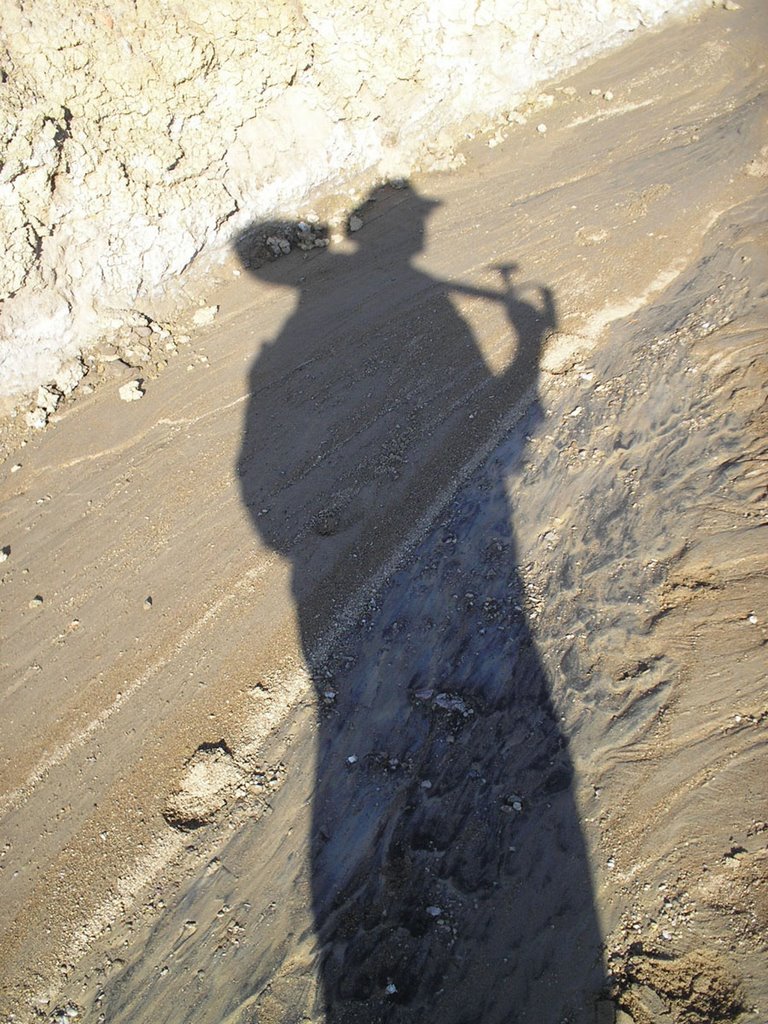What is your Cope-Marsh number?
Ho man. Just in case you care about where this crap comes from, here goes. I was over at TetZoo and saw a link on the sidebar to an Aetiology post on Danica McKellar's "Math Doesn't Suck". The third comment down states, "Danica McKellar has a Bacon-Erdos number of 6. Same as Feynmann." That embedded link (included above) takes you to the Wikipedia page on the Bacon-Erdos number.
What is the Bacon-Erdos number? From the Wikipedia article:
As the title says, I wish we had something like this in paleo. Only maybe not tied to movies. It would be interesting to know who had the lowest Cope-Marsh number, which is the sum of one's collaborative distance from Edward Drinker Cope and Othniel Charles Marsh. It would be tough because although both Cope and Marsh published a buttload of papers (more than 1200 for Cope), they hardly ever collaborated and they hated each other's guts. So the immediate links to each would be few and probably distant from each other in collaboration space. Maybe their posthumous stuff would be a good place to start.
Can somebody get to work on this?
(Somebody else, I mean.)
What is the Bacon-Erdos number? From the Wikipedia article:
An individual's Erdős–Bacon number is the sum of one's Erdős number—which measures the "collaborative distance" in authoring mathematical papers between that individual and Hungarian mathematician Paul Erdős—and one's Bacon number—which represents the number of links, through roles in films, by which the individual is separated from actor Kevin Bacon.Much like the Bristol Stool Scale, it's stuff like this that makes me proud to be a scientist.
As the title says, I wish we had something like this in paleo. Only maybe not tied to movies. It would be interesting to know who had the lowest Cope-Marsh number, which is the sum of one's collaborative distance from Edward Drinker Cope and Othniel Charles Marsh. It would be tough because although both Cope and Marsh published a buttload of papers (more than 1200 for Cope), they hardly ever collaborated and they hated each other's guts. So the immediate links to each would be few and probably distant from each other in collaboration space. Maybe their posthumous stuff would be a good place to start.
Can somebody get to work on this?
(Somebody else, I mean.)
Labels: Not Quite Science, Posts Mainly For My Own Amusement







